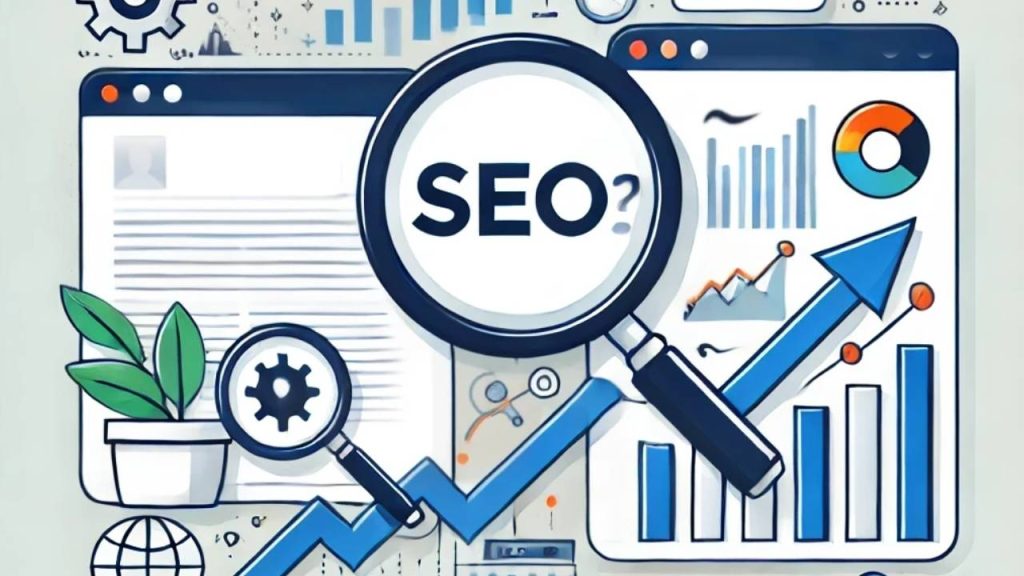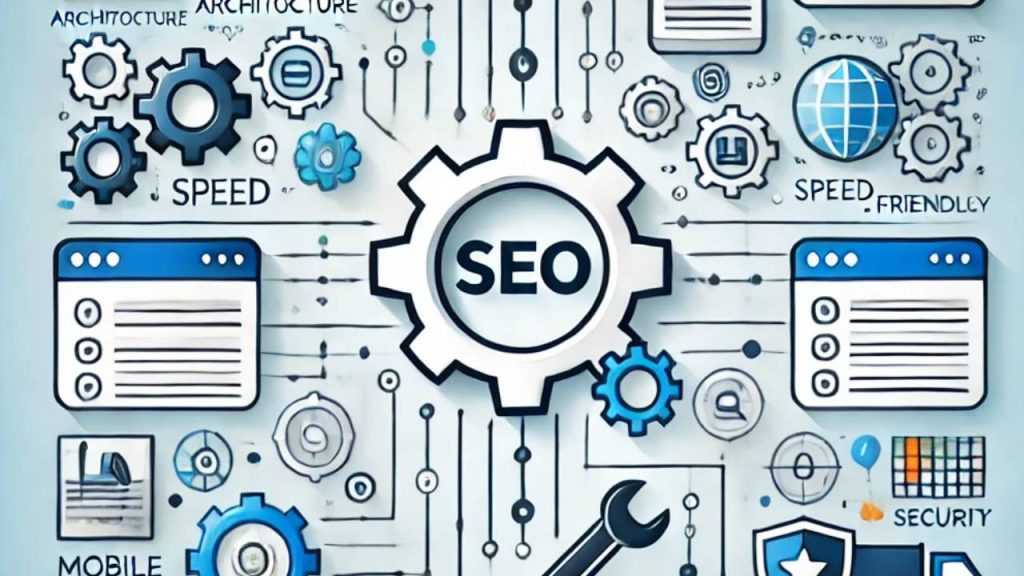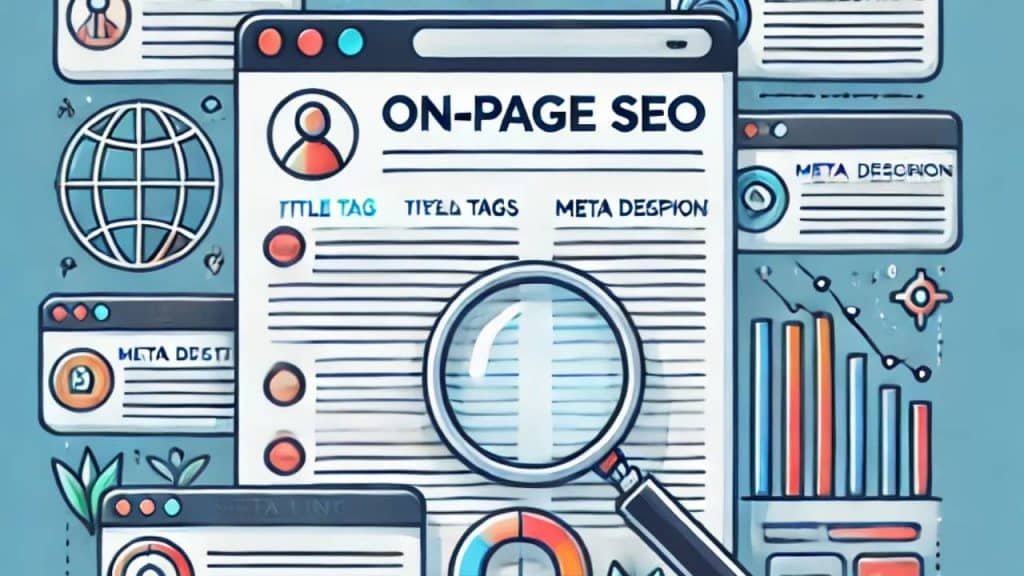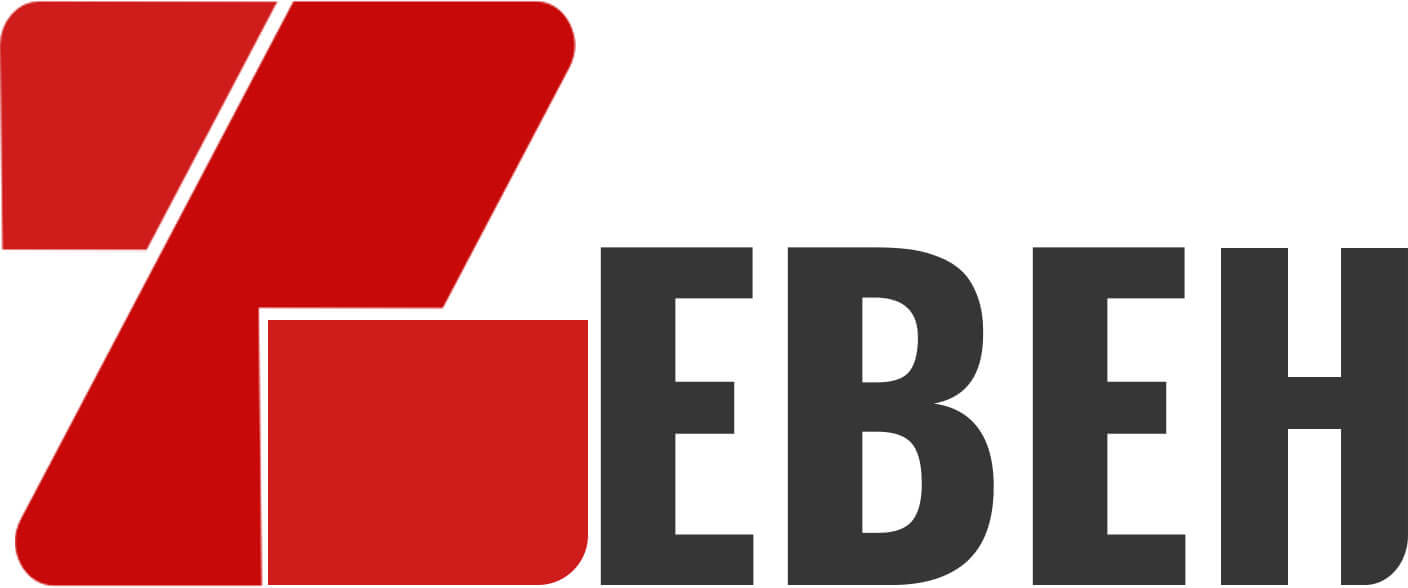Search Engine Optimization (SEO) might seem to be a complicated term, but it is really all about making your website easier to find on search engines like Google, Bing, or even Yandex if you are in Russia—because even in Russia, people want more than just Putin’s shirtless horse-riding photos. Assume you own a barbershop and want people searching for “best haircut in [Your City]” to find your site at the top of the search results. That’s what SEO can help you achieve.

Understanding SEO in Simple Terms
SEO stands for Search Engine Optimization. It is a set of best practices that aim to improve your website’s visibility in the unpaid listings on a search engine results page also known as (SERP). These unpaid listings, also known as organic results, appear because they are relevant to a user’s search queries. SEO uses a variety of techniques to increase the chances that your website will be found by those you want to attract.
Why is SEO Important?
SEO is crucial for several reasons:
- Increased Visibility: The higher your website ranks in search engines, the more visible it is to potential visitors. According to Moz, approximately 75% of users never scroll beyond the first page of search results. So, being on the first page is crucial.
- Credibility and Trust: Users usually trust websites that appear on the first page of search results. High rankings show that the website is relevant, trustworthy, and authoritative. This trust could result in increased engagement and more customers.
- Cost-Effective: Unlike paid advertising, SEO generates free traffic. Once your site is properly optimized, you can attract visitors without having ongoing costs. This makes SEO a sustainable and cost-effective marketing strategy.
How Does SEO Work?
SEO works by improving various aspects of your website to make it more appealing to search engines. Here’s a detailed look at the key components.
Keywords
Keywords are the words and sentences that people type into search engines when looking for info. For example, if you own a barbershop, relevant keywords might be “best haircut in [Your City]” or “affordable barber near me.” The first step in effective SEO is to identify the appropriate keywords.
Use tools such as Google Keyword Planner to find relevant keywords. Once you’ve collected a list of keywords, use them naturally throughout your website’s content, including titles, headers, and meta descriptions. For example, your barbershop’s homepage could have a title like “Best Haircuts in [Your City]” and keywords in the description and headings to help search engines understand what the page is about.

Content
High-quality, relevant content is critical for engaging users and directing them to the information they need. If your barbershop focuses on various haircut styles, consider writing blog posts about popular haircuts, grooming tips, and how to keep a fresh cut. Providing helpful content that addresses user issues can boost your search ranking.
For example, a blog post titled “Top 10 Haircuts for Men in 2024” with detailed descriptions and styling tips will attract users looking for haircut ideas while also building your site as a valuable resource.

Technical SEO
Technical SEO includes optimising your website’s backend to make it faster, more secure, and easier for search engines to crawl. Search engines prioritise fast, responsive websites, so make sure yours is mobile-friendly and loads quickly.
You can improve your site’s speed by compressing images and using a reliable hosting service. Also, make sure your site is mobile-responsive, which means it looks and works well on mobile devices.
Secure your website with HTTPS, which is also a ranking factor for search engines. For example, if your barbershop’s website takes longer than a few seconds to load, potential customers may leave before seeing your stylish haircuts. Optimising your site’s speed can help you keep these visitors.

On-Page SEO
On-page SEO focuses on optimising individual pages on your website in order to rank higher and generate more relevant traffic. Use the keyword “best haircut in [Your City]” in your barbershop’s homepage title, headers, and content.
Ensure that each page has a different title tag and meta description that includes your ideal keywords. Header tags (H1, H2, and H3) can help structure your content and make it easier for search engines to understand.
Include internal links to other relevant pages on your website to help search engines crawl it more efficiently. For example, linking to a blog post about grooming tips from your homepage can help users and search engines find more of your content.

Off-Page SEO
Off-page SEO refers to activities that take place outside of your website but still influence your search engine rankings, primarily through backlinks. Backlinks are links from other websites to your site that serve as votes of confidence.
Having a popular grooming blog write a review of your barbershop and link back to your site is an excellent way to build backlinks.
Develop relationships with other websites and industry influencers to gain high-quality backlinks. Participate in guest blogging, share your content on social media, and join online communities relevant to your niche.
For example, writing a guest post about your unique hair products for a popular grooming blog can increase traffic to your site and improve your search rankings.

Conclusion
By understanding and implementing these SEO components, you can improve your website’s visibility, attract more organic traffic, and ultimately achieve your business goals. In order to remain up-to-date with search engine algorithms and industry trends, SEO is a continuous process that requires frequent updates and adjustments.
Remember that, just like a new haircut can make you feel like a million bucks, a well-optimized website can help your business shine online. So, take your SEO comb and scissors and begin trimming your website for the perfect look!
